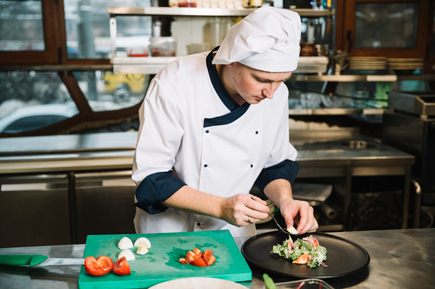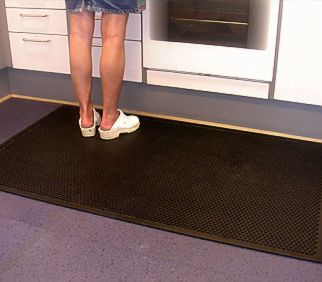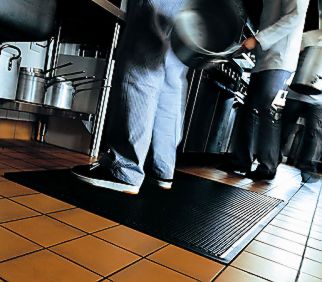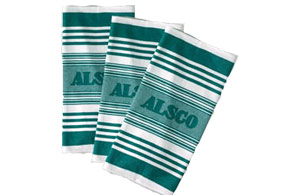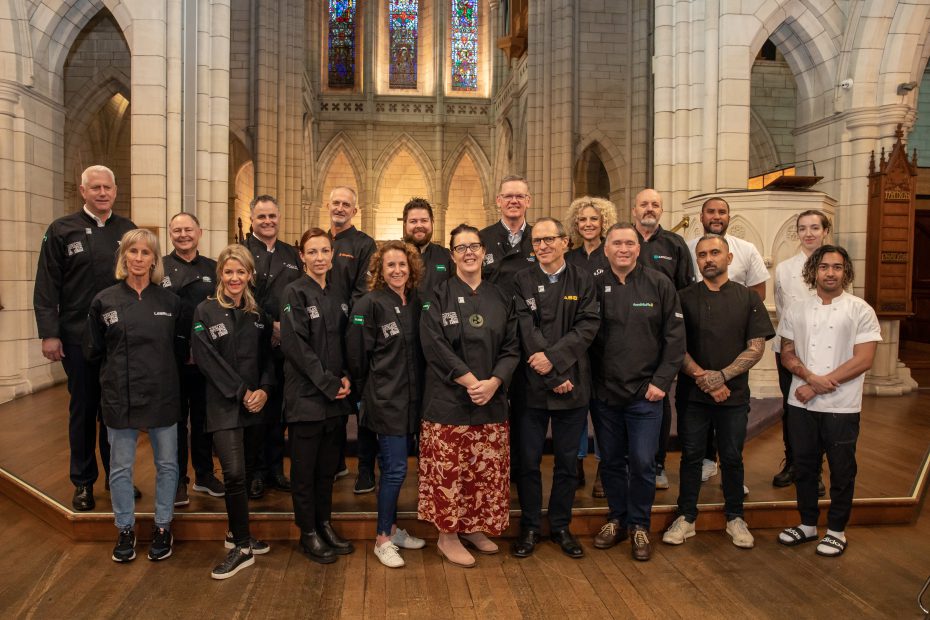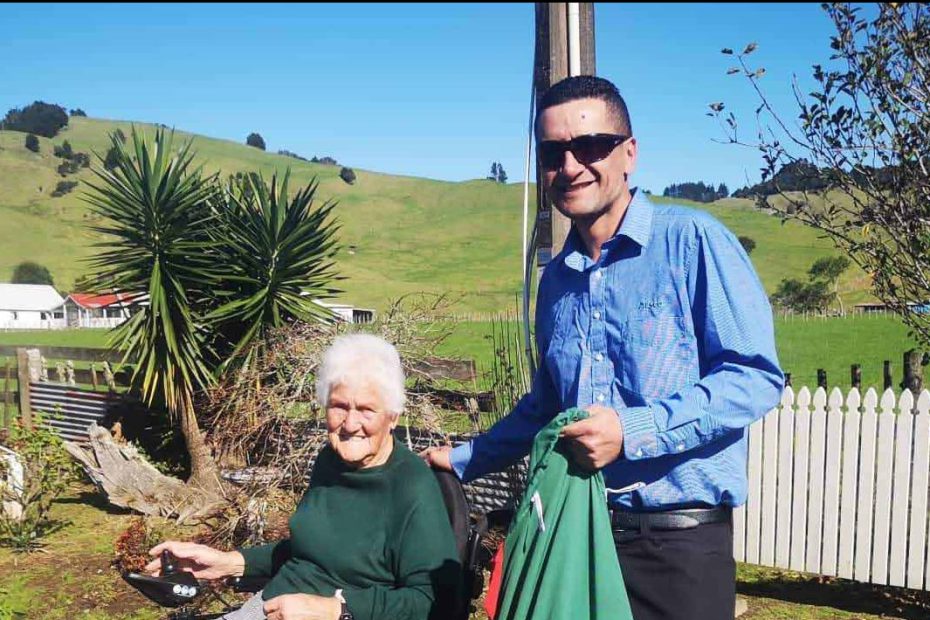It may sound ominous, but a dark kitchen is not as ‘dark’ as it sounds. No, you do not have to paint your kitchen black. Nor do you have to cook in the dark.
A dark kitchen is an establishment which sells meals exclusively through food order delivery.
Also known as cloud or virtual kitchens, they reveal the changing face of gastronomy.
The brick & mortar restaurant industry is notorious for shutdowns and bankruptcy.
“23% of restaurants fail within the first four years” – RS&G
The issues around the location can also be a major headache for owners.
It is no surprise that business owners are using these new dark kitchens as alternatives.
But what exactly do dark kitchens entail?
Luckily, it’s not that complicated. Let’s explore this new different concept to restaurants.
What Is a Cloud Kitchen
Dark kitchens or cloud kitchens are quickly becoming the new norm.
They offer an opportunity to provide dining experiences without really owning a restaurant.
Some distinctive features include:
1. No Physical Dine-In Premises
This means that there is no space allocated for customers within these restaurants. They are usually small spaces fitted with professional cooking equipment only.
There are no counters, tills or tables or even a ‘store-front’. As a passerby, unless you smell (or see them) you may not even know there are dishes being made inside.
In fact, many clients do not even know where the dark kitchens are. All food orders are made online and meals are delivered to their homes.
2. Delivery Only Establishments
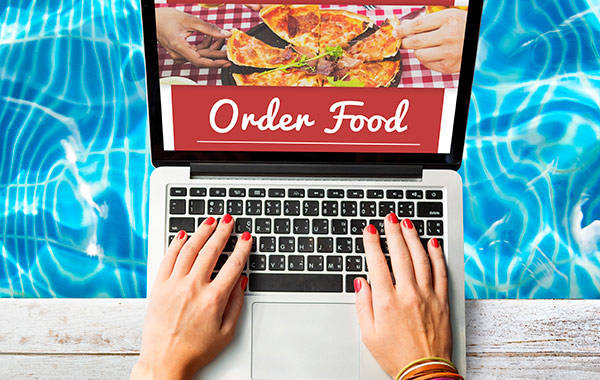 Source: rawpixel.com
Source: rawpixel.com
The major feature of these dark kitchens is that they offer only delivery services, usually via apps. They do not have dining areas or takeaway facilities. Consumers interact only with the uniformed delivery person.
This is why business owners should invest in branded uniforms for delivery people. By using a rented workwear service, they can save costs and improve the brand image of the business.
3. Often Connected to an Existing Restaurant
Sometimes existing restaurants will outsource dark kitchens to handle the business’ delivery side. They can opt for the concept of dark kitchens or team up with an online delivery service like Uber Eats.
If they do not have the capabilities to deliver food, dark kitchens are the obvious choice.
Benefits of a Dark Kitchen
1. Reduced Overhead Costs
For restaurants to be successful, they need to be strategically placed.
They have to attract the attention of the public and entice them to become customers. This often means placement in prime real estate areas such as the inner city and exclusive malls.
It is not surprising that rental costs are often the downfall of many eateries. Reducing this cost is a major advantage for any restaurant owner.
With less customer seating and waiting areas, there is significantly less rent expense.
In addition, there is no need for service staff as there are no tables to wait upon. This means fewer salaries are paid.
2. Increased Adaptability & Variety
Virtual or ghost restaurants have the advantage of being able to quickly and cost-effectively move with different trends.
They do not have the restrictions of set menus and physical infrastructure. A dark kitchen can experiment with culinary concepts to choose the right brand.
In addition, they can offer a wide range of cuisines – a way of appealing to a broad range of customer tastes.
3. Economies of Scale
By offering services to a number of brands and restaurants, dark kitchens can take advantage of economies of scale by sharing ingredients.
Many brands are catered for under one roof and even if their foods are vastly different, they consist of the same basic ingredients.
If an owner buys them in bulk, it is usually at a lower price. They can use it across all the brands they distribute and will save on buying smaller quantities.
4. Capitalise on Home Delivery
The food delivery market is expected to increase by at least 20% each year. This offers huge potential for restaurants that can tap into the online market.
More diners, especially millennials want the convenience of good food paired with the comfort of their homes.
These businesses can tap into a larger market because their food can be shared between many people who might not otherwise get the opportunity to choose to eat it.
Types of Dark Kitchens
Commissary Kitchen
Also known as an aggregator kitchen, this is a shared space owned by a 3rd party. Multiple restaurants rent space and operate under one roof (think of shared workspaces).These are often found in large warehouses.
It is ideal for chain restaurants which have high delivery-driven demand. They can meet customer needs without opening a new branch.
It also lets them experiment with new cuisines to test the market with minimum risk.
Pop up Kitchen
Do not confuse these with a popup restaurant which is only open for a limited time.
Popups are cooking stations within the main cooking area which are designed for completing only delivery orders.
They then partner with services like Uber Eats to deliver the food.
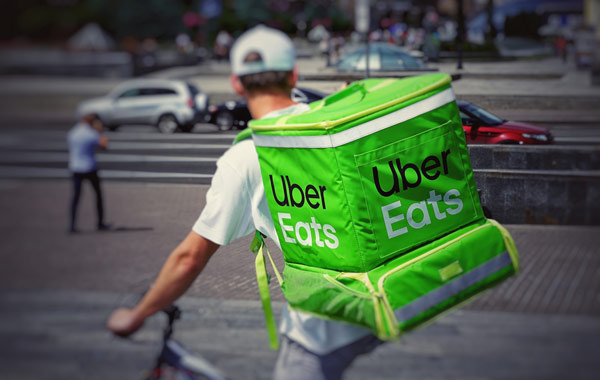 Source: unsplash.com
Source: unsplash.com
Being included as part of the main cooking area means there is a higher risk of hazardous spillage.
To avoid injury, managers are encouraged to use anti-fatigue and wet area mats.
Wet Area Mats
Domestic Kitchen Wet Area Mats
Reliable rental services ensure that floor mats are installed, cleaned and replaced regularly.
Pod Kitchens
This type of dark kitchen is the newest development in the restaurant market.
They are small spaces located close to the customers and kitted out to cook food for various brands.
Deliveroo is one such organisation which has been extremely successful and popularised this concept. Let’s take a brief look at some details of this company.
Does Deliveroo Have Their Own Kitchen?
Deliveroo has basically reinvented the commercial kitchen. This is achieved by placing a functional kitchen in a shipping container known as a RooBox.
This offsite delivery system provides partner restaurants with fully-equipped cooking facilities.
Deliveroo dark kitchens are a way to provide food delivery to areas with a high demand of customers and a low supply of restaurants.
What is Editions on Deliveroo
Deliveroo Editions lets existing restaurants deliver food in new locations without investing millions.
They can instead work with Deliveroo to acquire a RooBox where food can be made and delivered.
The company uses data to determine where demand for a certain cuisine or brand of food is lacking. They then partner with the different restaurateurs to fill the gap.
Chefs focus on creating meals for ‘at-home dining’, especially in residential areas where it may be hard to find a specific restaurant.
Taking the Stress Out of Running a Dark Kitchen
The combination of increased delivery services and lockdowns due to the COVID-19 pandemic will have a huge impact on the industry.
Many restaurant owners may need to opt for dark kitchens as their primary business model.
From the physical infrastructure to the day-to-day details, it may all become a bit overwhelming.
Establishments may find it easier to outsource time (and money) consuming tasks to a professional service provider.
It saves the hassle of laundering small necessities such as cleaning wipes and tea towels. Instead, just wait for a weekly delivery to your doorstep.
Alsco’s laundered wipes
Cotton Jaquard Tea Towel
Microfibre cloths
Alsco is the trusted rental services provider to 27,000 businesses across New Zealand. We promise to provide excellent solutions and leave you to the business of making money.
Contact them today and focus on ensuring the success of your business.
Photo: freepik
